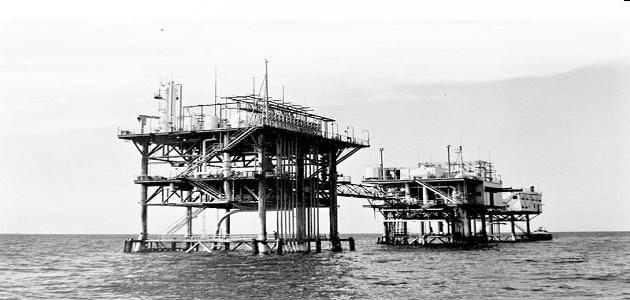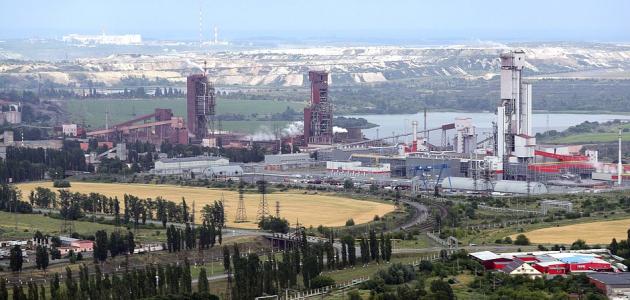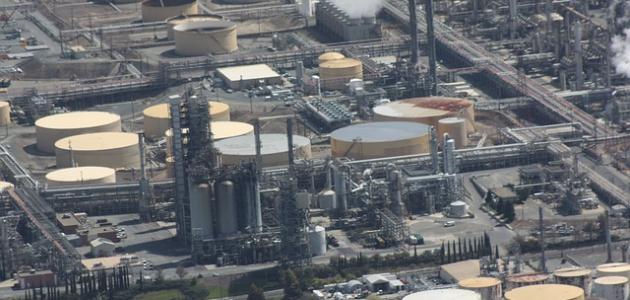benzene
Gasoline is a colorless, odorless, flammable liquid with a chemical composition of C6H6, which gives it the shape of a hexagonal ring, and the hexagonal benzene ring is the simplest part in aromatic organic chemistry, as it is considered one of the simplest aromatic hydrocarbons, and is considered an industrial solvent, and is also used in the pharmaceutical, rubber, dyes, and plastics industries, and benzene is considered one of the natural components of crude oil. .
Gasoline components
Gasoline mostly consists of long hydrocarbon chains. The length of the carbon atoms in each molecule ranges from 5 to 12 atoms. Petroleum refineries produce other components that have varying compositions. When these components are mixed, gasoline with different properties is produced. The most important of these components are:
- Refiners: These are components resulting from the catalytic reformer. They have an octane number, high aromatic components, and a small percentage of alkenes.
- Catalytically cracked gasoline: It is a component resulting from catalytic cracking. It has an octane number, medium aromatic components, and a high percentage of alkenes.
- Natural gasoline: Gasoline that is obtained directly from crude oil. It has a low octane number, few aromatic components, and does not contain alkenes.
- Alkylate: These are components resulting from the alkylation process. They have a high octane number and consist of branched chains and pure alkanes.
- Isomers: They are components resulting from the isomerization process of benzene. This method is used to increase the octane number of natural gasoline, which makes it have a high octane number, while the percentage of aromatic compounds is low.
In general, regular gasoline consists of a mixture of alkanes, cycloalkanes, aromatic compounds, and alkenes, and the percentage of presence of each of these components depends on the type of oil refinery used to produce gasoline, as the number of units present in each refinery is different from the other, and also depends on the type The crude oil that is used in filtering plants, and the grade of gasoline in relation to the octane number. Gasoline also contains other organic compounds, such as organic ether, impurities and hydrogen sulfide, which are removed from gasoline, to ensure that engines do not corrode.
Read also:The importance of oil in the global economyThe effect of gasoline on health
Inhaling a large amount of gasoline leads to death, while exposure to small amounts may cause dizziness, drowsiness, headache, increased heart rate, imbalance, and loss of consciousness. It also erodes the stomach wall, and exposure to gasoline for long periods leads to osteoporosis. It reduces the production of red blood cells and weakens the body’s immunity. It has also been classified by the Department of Health and Human Services in America as a carcinogen, and exposure to it for a long period of time causes blood cancer and leukemia.
Read also:methods of transporting oil








